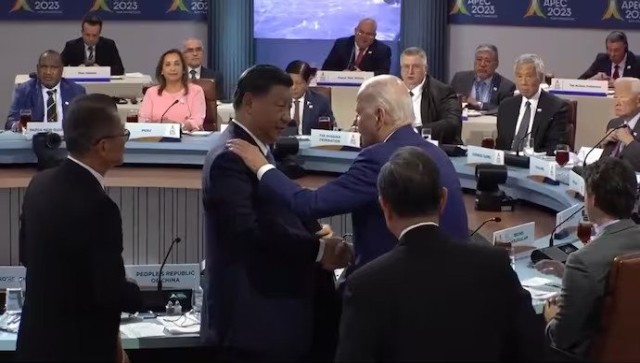Worldiwde mobile payments will account for $1 trillion in value in 2017, up 124 percent from the less than $500 billion expected in 2015, according to IDC.
The market research firm believed that Asia Pacific markets will contribute to this growth greatly as mobile commerce transactions with remote payments take off across the region. Driven by a high number of initiatives and diverse mCommerce maturity level, Asia/Pacific is expected to lead the world in mobile payment developments.
Furthermore, the limited state of credit/debit card adoption in Asia Pacific will force potential mPayments behaviour to shift to using bank account linked mobile wallets, IDC added.
“When we look across the region, we see a duality between the mature Asian markets like Australia, Hong Kong, and Singapore versus the emerging Asian economies like China, India. and Indonesia. The mature markets exhibit strong levels of banking and card adoption and will tread a similar path as mature Western economies have for mobile payments, with a focus on proximity solutions based on Near Field Communications (NFC). These will be fertile markets for solutions like Apple Pay and Android Pay,” said Shiv Putcha, Associate Research Director, and AP Connected Consumer Marketplaces at IDC Asia/Pacific.
However, Asia’s emerging markets, which account for most of Asia’s population, are unlikely to follow this path. They will more likely leverage semi-closed wallets, where consumers “top-up” their mobile wallets much like they would a prepaid mobile account by linking their bank accounts.
According to Michael Yeo, senior analyst, IDC Retail Insights, “The markets of Asia Pacific are highly diverse and each displays significantly different characteristics as relates to their ultimate potential for mobile payments.”
IDC has been able to identify common characteristics and group these countries into three clusters – Card Payment Leaders, Mobile Payment Leaders, and Mobile Money Leaders. The mature Asian economies will remain card payment leaders and view mobile payments as an efficiency driver with proximity solutions seeking to displace the need for physical swiping of cards. The remaining Asian markets will look at mobile payments as a GDP booster and to address financial inclusion imperatives.
Mobile payments in these markets will jump start mCommerce much like Alibaba has in China.
Going forward, the market analyst firm has identified several opportunities for sustained growth in mobile payments across Asia/Pacific (excluding Japan).
NFC-based proximity solutions such as Apple Pay and Android Pay will only take hold in a few mature Asian markets as their adoption is constrained by the low penetration of NFC in smartphones and readers in Emerging Asia. Mobile wallets, especially those based on semi-closed platforms, will drive much of the growth in Emerging Asian markets. Then, there will also be a significant opportunity for mobile point of sale (mPOS) device and solution vendors seeking to address gaps in card present (CP) payment scenarios in physical locations, which requires payments to be verified either by NFC or even quick response (QR) codes.


)




)
)
)
)
)
)
)
)